Frame houses and from SIP panels: which structures are better?
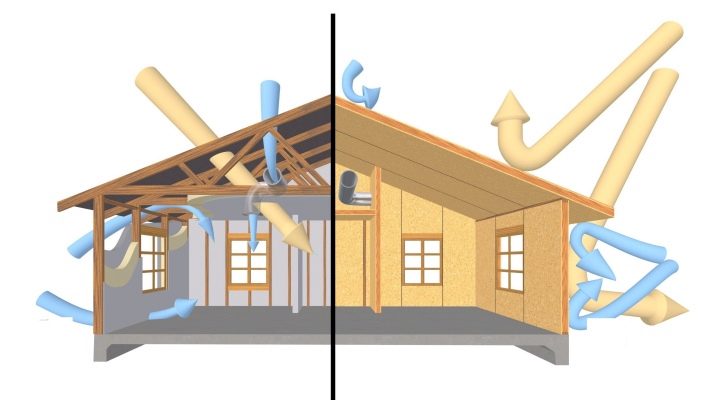
The main question facing everyone who decides to build their own house is what it will be. First of all, the house should be cozy and warm. Recently, there has been a clear increase in demand for frame houses and built from SIP panels. These are two radically different construction technologies. It is worth carefully studying all the nuances of each of them before starting to build your dream home.
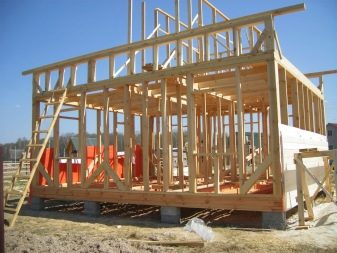
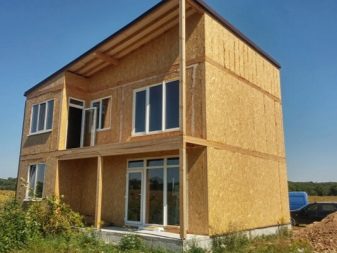
Construction technology
Frame structure
There is another name for such a house - frame-frame. This construction technology was developed in Canada and is already classified as a classic one. The foundation is poured as the first step in construction. Most often, this technology uses a columnar foundation, since it is ideal for a frame house. As soon as the foundation is ready, the construction of the frame of the future dwelling begins.
At the heart of the frame, a beam of different thicknesses is used, depending on the places of the expected load. After the construction of the frame, it should be installed on the foundation, sheathing with the material selected for construction and insulation.
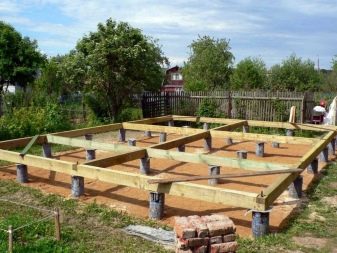
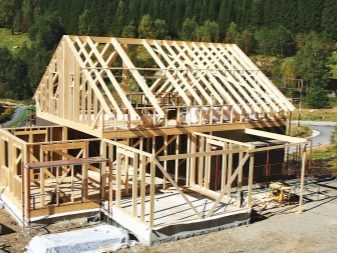
Sandwich panel building
SIP-panel (sandwich panel) - these are two oriented strand boards, between which a layer of insulation (polystyrene, expanded polystyrene) is laid. A house made of SIP panels is being built on the basis of frame-panel (frame-panel) technology. A classic example of building a house from SIP panels is the assembly of a constructor. It is literally assembled from panels by connecting them together according to the thorn-groove principle. The foundation in such buildings is predominantly tape.
If we look at it in comparison, then the main difference between houses made of SIP panels is cheaper and this is their main advantage. If you compare the reviews, you can see that this material has a lot more positive ones.
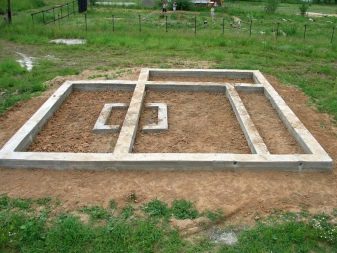

Materials used in construction
The construction of any building begins with pouring the foundation. This is the basis of the house, so the material for it should be of the highest quality and durable. Traditionally, the following materials are required for the foundation:
- foundation blocks;
- crushed stone or gravel;
- cement;
- construction fittings;
- knitting wire;
- sand.
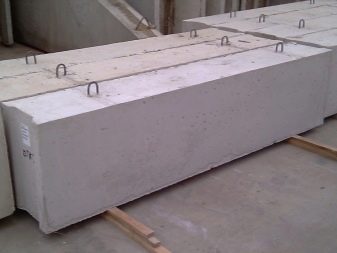
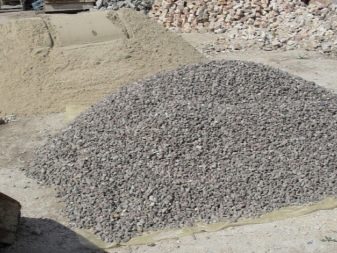
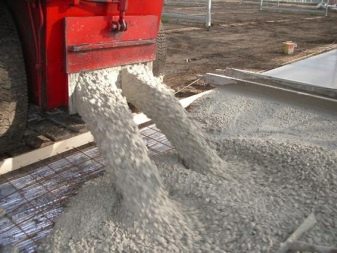
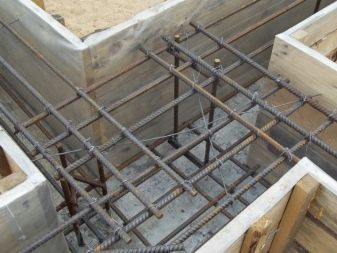
If the area where it is planned to carry out construction is swampy or the groundwater is above average, then the foundation for the frame house should be made on piles. In rare cases, when the soil at the work site is particularly unstable, a reinforced concrete slab is placed at the base of the foundation. If desired, a basement floor can be placed at the base of the house. In this case, additional materials will be required. Such as waterproofing, for example.
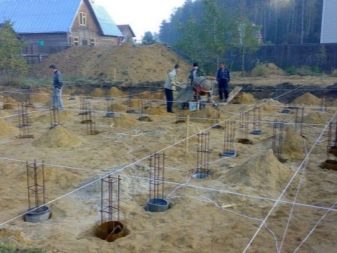

The frame can be wooden, metal or reinforced concrete. For a wooden frame, the following are used:
- board;
- solid timber;
- glued laminated timber;
- wooden I-beam (wood + OSB + wood).
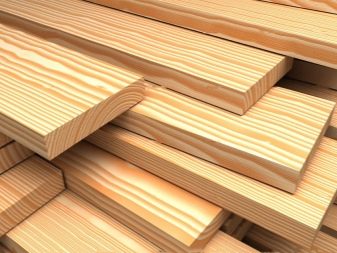

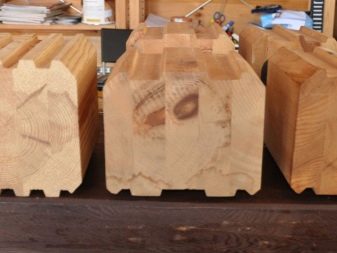
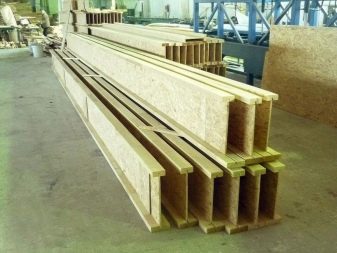
The metal frame is built from a metal profile. The profile itself can be different here:
- galvanized;
- colored.
The strength of the frame is also influenced by the thickness of the profile used.
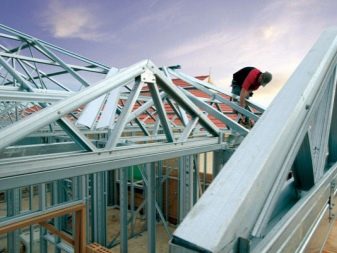
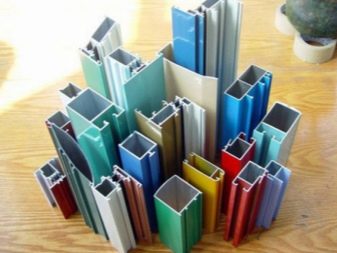
Reinforced concrete (monolithic) frame is the most durable, but also the most time consuming and expensive. For its construction you need:
- iron fittings;
- concrete.
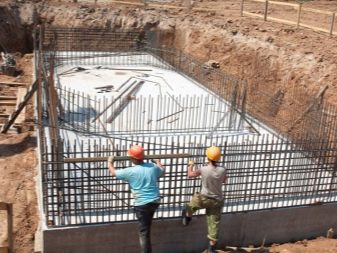

For the construction of walls with frame-frame technology, additional laying of thermal insulation, wind protection, wall cladding with fiberboard and external siding is required.
When building a house from SIP panels, there is no need for so many building materials. SIP-panel is manufactured at the factory. Already in the panel itself, both a heat insulator and a cladding are embedded. The maximum material that is needed to build a house from SIP panels falls on the foundation pouring.
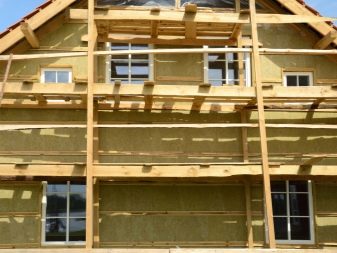
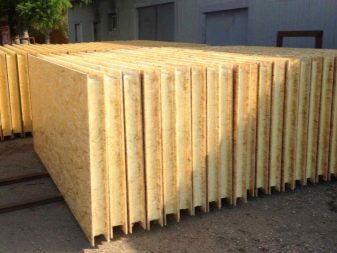
Construction speed
If we talk about the timing of the construction of frame houses and houses from SIP panels, then the latter win here. The construction of the frame and its subsequent sheathing is a rather lengthy process, it takes from 5 weeks or longer against the minimum two-week construction of a structure from SIP panels. The speed of construction is often affected by the foundation, which for a house from SIP panels can be created in just a couple of days.
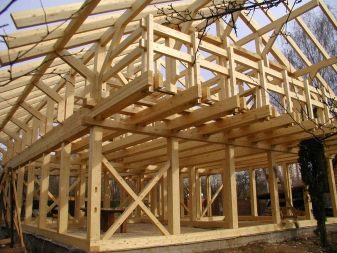

If during the construction of a frame house it is impossible to do without all sorts of fitting, trimming and leveling the timber, then any structure made of SIP panels can literally be ordered at the factory according to the required dimensions. After the panels are ready, you just need to bring them to the construction site and assemble them. With all the necessary machinery and equipment, this is a fairly quick process.

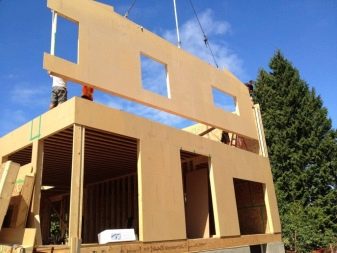
Price
Price is an important argument that can tip the scales both in the direction of construction and in favor of abandoning it. The pricing of a house directly depends on the materials from which it will be built.
A structure made of a metal profile will definitely cost more. The difference with a timber frame can be up to 30%. Plus to the price of a frame house is the additional use of materials for house cladding, insulation and siding.
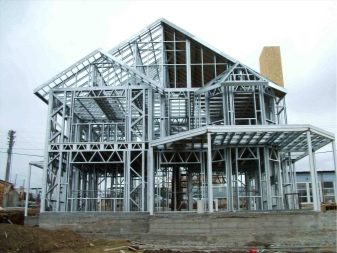
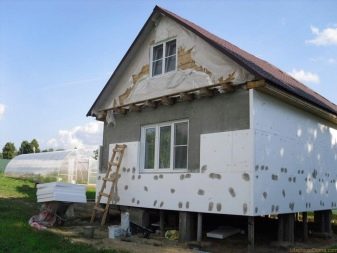
In addition to the cost of materials, the total cost of building a frame house must include the cost of the services of various kinds of specialists, without whom it will hardly be possible to do. The construction of durable housing using frame-frame technology requires compliance with many technical nuances that ordinary builders may be unfamiliar with.
A frame house requires a fairly expensive secondary finish. These are thermofilm, supermembrane, shield materials. Construction from SIP panels practically does not require any additional materials, except for those that have already been incorporated into the basis of the panels themselves. Accordingly, this makes the price of such houses more attractive.
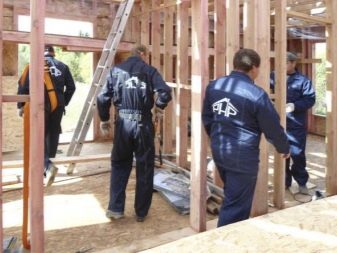
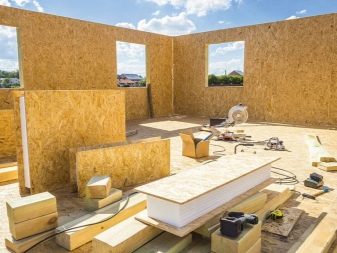
However, the money that can be saved on the purchase of materials will go towards the salaries of hired builders. It is not possible to erect a building from SIP panels on your own, without the help of equipment and a team of workers.
Another point affecting pricing is the transportation of SIP panels. In the case of a frame house, all work is carried out directly at the construction site. SIP panels must be delivered from the place of their production to the construction site. Considering the considerable weight and number of panels, special equipment is needed for transportation, the cost of which must be added to the total cost of the construction.
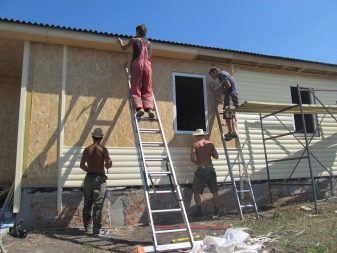
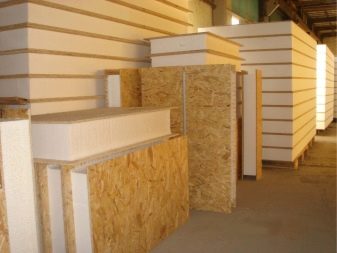
Strength
Speaking about this indicator, you need to rely on two factors: the service life and the ability of the future building to withstand mechanical loads. In a frame house, all the main load falls on the floor beams. Until the tree itself decays, the entire base of the building will have sufficient strength and durability. The choice of wood for the frame plays a major role here.
The downside is that all the main fasteners are nails, screws and screws. This significantly reduces the rigidity of the frame.
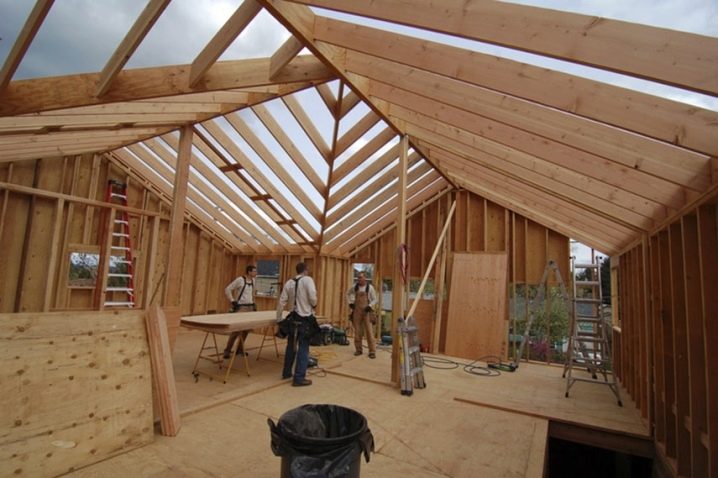
SIP panels, even if they are installed without any frame, are firmly interlocked with grooves. The panels themselves, when tested by a truck driving over the panels, show excellent strength.
The rough strand board, which is the basis of any SIP-panel, by itself is not able to endure the slightest mechanical damage. However, when two slabs are reinforced with a "interlayer" of a special material, the panel is capable of carrying a vertical load of 10 tons per 1 running meter. With a horizontal load, this is about a ton per 1 square meter.
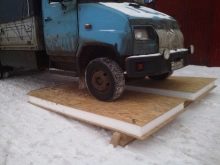
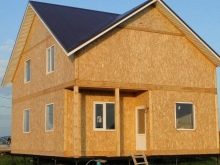
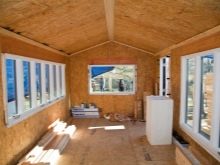
The service life of a frame house is 25 years, after which it may be necessary to replace the main frame struts. Again, with the right choice of high-quality wood and adherence to the construction technique, such a structure can be in operation much longer. According to official regulations, the service life of a frame house is 75 years.
The service life of SIP panels depends on the material of manufacture. So, panels using polystyrene will last 40 years, and magnesite slabs can extend this period up to 100 years.
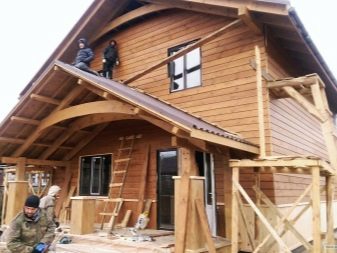
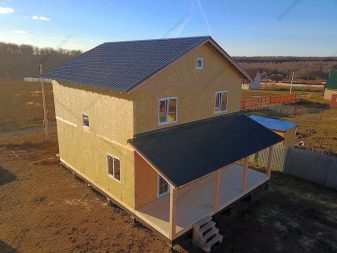
Design features
The design and layout of a frame house can be anything. Another important point: it can be rebuilt at any time. To do this, you just need to remove the casing in order to replace some parts in it. The frame will then remain intact.
What can not be said about a house made of SIP panels, which cannot be rebuilt without dismantling it to the ground. Then it will no longer be a question of redevelopment, but of the full-fledged construction of new housing. In addition, due to the fact that all panels for the future house are made in advance, there are not so many options for planning houses from SIP panels.

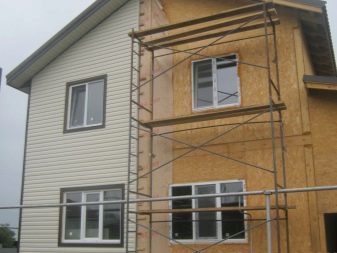
Environmental friendliness
For those who are concerned about the sustainability of their home, the frame house option is preferable. SIP panels contain a chemical component in the form of an "interlayer" between the plates. From the type of filler panels, their health risks may vary. Houses made of SIP panels do not withstand any competition in terms of environmental friendliness with buildings made of pure wood.
In the event of a fire, the chemical component of the panels will make itself felt in the form of combustion products that are dangerous to human life and health.

Heat and sound insulation
Houses made of SIP panels are often called "thermoses" because of their peculiarities in terms of heat storage. They have an amazing ability to keep warm inside, but at the same time they practically do not allow air to pass through. Such a house requires the installation of a good ventilation system.
Any frame house can be made almost ideal in terms of heat storage. It is enough just to spend time and money on additional high-quality cladding with heat-insulating material.
Both the frame house and the SIP-panel house do not have good sound insulation. This is a common problem for this type of building.
A sufficient level of sound insulation can only be ensured with the help of good cladding with special materials.
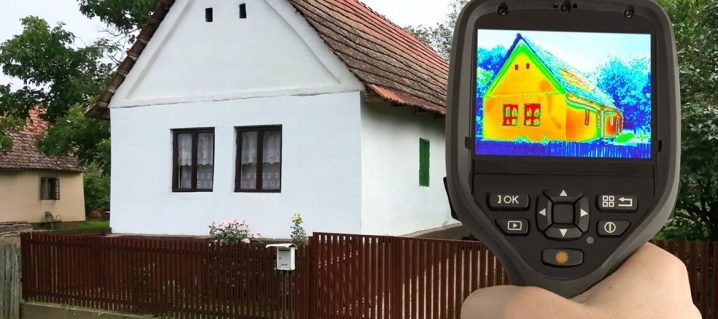
For information on how to properly build a house from SIP panels, see the next video.













The comment was sent successfully.